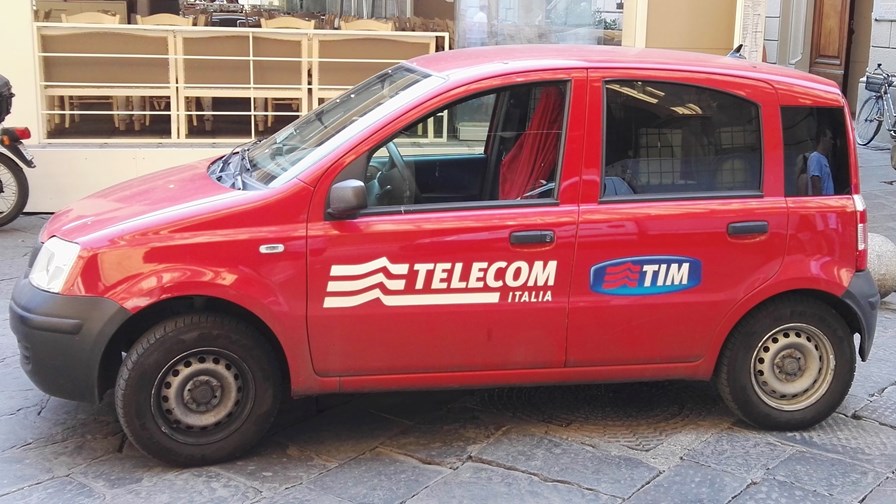
- TIM tackles SMEs' needs
- Telefónica invests in IoT specialist
- Double whammy for cellular IoT sector
An effort to help Italy’s SMEs become digital natives, an investment in a private IoT network specialist and an analysis of the factors holding back the cellular IoT sector are today’s lead news snippets.
TIM (Telecom Italia) and national trade group Unimpresa have joined forces to help accelerate the digital transformation of Italian SMEs and “boost their competitiveness through the adoption of innovative technological solutions, as well as training and digital skills development for employees.” The partnership aims to provide relevant IT solutions plus communications and cloud services, as well as provide consultancy support and training to help SMEs figure out what can help their businesses. Read more.
TIM has also teamed up with Accenture to deliver an integrated tech and telecoms offering to Crédit Agricole Italia during the next 10 years. Read more.
Telefónica's investment vehicle for cybersecurity, cloud and IoT/Big Data startups, Telefónica Tech Ventures, has invested an unspecified amount of money in private IoT network platform developer Monogoto, which has just closed a round of seed funding. The Israeli company has “developed an IoT connectivity cloud platform under the IaaS model that works in more than 550 mobile cellular networks operators in 180 countries enabling the management and control of a global network of devices.” As a result of the investment, Telefónica Tech has secured a seat on the startup’s Advisory Board and gained “preferential access” to its technology. Read more.
The pandemic might have spurred some telecom segments, but it hasn’t done much good for the cellular IoT industry. Berg Insight reports that a double whammy is still impacting the sector. First, the pandemic affected demand in several major application areas in 2020. And second, extra pain is being inflicted by the global chip shortage, which is expected to curb growth in IoT device shipments this year. Over the longer term, Berg thinks a key accelerant will be so-called reduced capability (RedCap) devices poised for introduction following the upcoming 3GPP Release 17. These will be less expensive than the 5G devices being deployed today but offer higher data rates than LPWA technologies such as LTE-M and NB-IoT. It says modules supporting the specification will likely reach the market in 2023 on wearables, video surveillance and industrial monitoring devices. You can get more detail from this brochure.
LinkedIn is the latest investor in video communications services firm Hopin, the Zoom rival that has now raised more than $565 million since last February. Read more.
US President Joe Biden is taking another look at the use of Chinese communications apps by US citizens: While he has revoked the Trump administration’s bans on TikTok and WeChat, he has asked the Commerce Department to investigate apps that may pose a threat to data privacy or national security, reports The Verge.
The Covid-19 pandemic has accelerated the adoption of digital lifestyles in a way that will not be reversed, according to a new report, The Future Urban Reality, from the Ericsson ConsumerLab that is based on the results of an extensive consumer survey conducted across 31 markets. Focused on what is likely to happen between now and 2025, the report predicts that “consumers will not only continue to manage routine activities - such as remote work, e-learning, e-health and online grocery shopping - online but will also add an average of 2.5 new services.” Read more.
Huawei opened its largest Global Cyber Security and Privacy Protection Transparency Center in Dongguan, China, to provide “a platform for industry stakeholders to share expertise in cyber governance and work on technical solutions together.” The facility is “designed to demonstrate solutions and share experience, facilitate communication and joint innovation, and support security testing and verification. It will be open to regulators, independent third-party testing organizations, and standards organizations, as well as Huawei customers, partners, and suppliers.” Read more.
Email Newsletters
Sign up to receive TelecomTV's top news and videos, plus exclusive subscriber-only content direct to your inbox.




